Chosen theme: Healing Spaces with Interior Design. Step into a world where interiors nurture calm, restore energy, and gently guide daily rituals. Together, we’ll shape rooms that feel like deep breaths—alive with light, texture, and intention. Share your goals, subscribe for fresh ideas, and let’s design well-being you can feel.
Why Healing Spaces Matter
Biophilic design, circadian light, and acoustics are not buzzwords; they are measurable tools. Studies link natural views and quiet soundscapes to lower cortisol and better sleep. What science-backed shifts are you ready to try at home?
Why Healing Spaces Matter
Healing rooms remove micro-stressors—harsh glare, clutter, cold surfaces—so your nervous system can downshift. Consistent cues like soft edges and warm textures create predictability, which the brain reads as safety. Comment with one stressor you want gone.
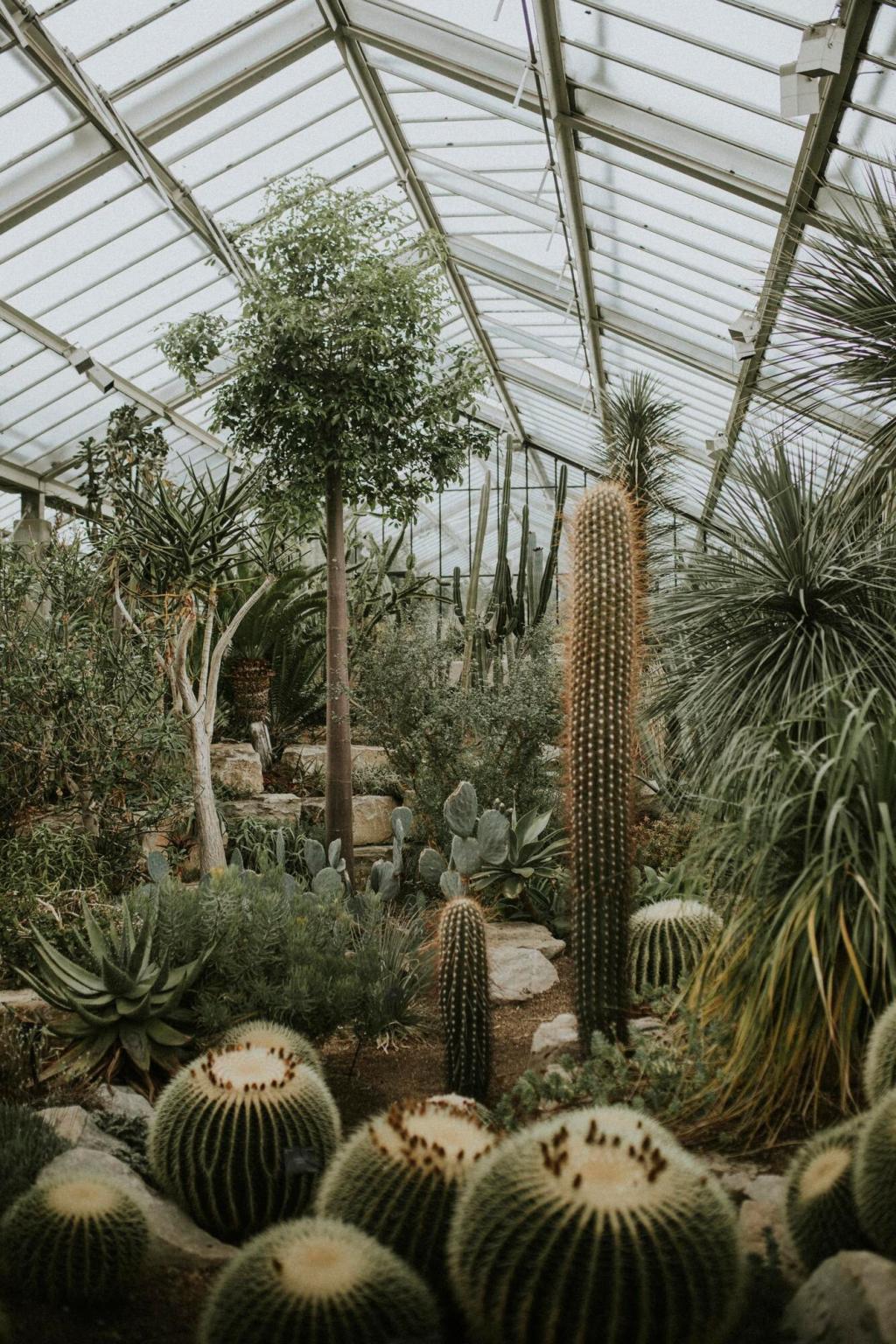
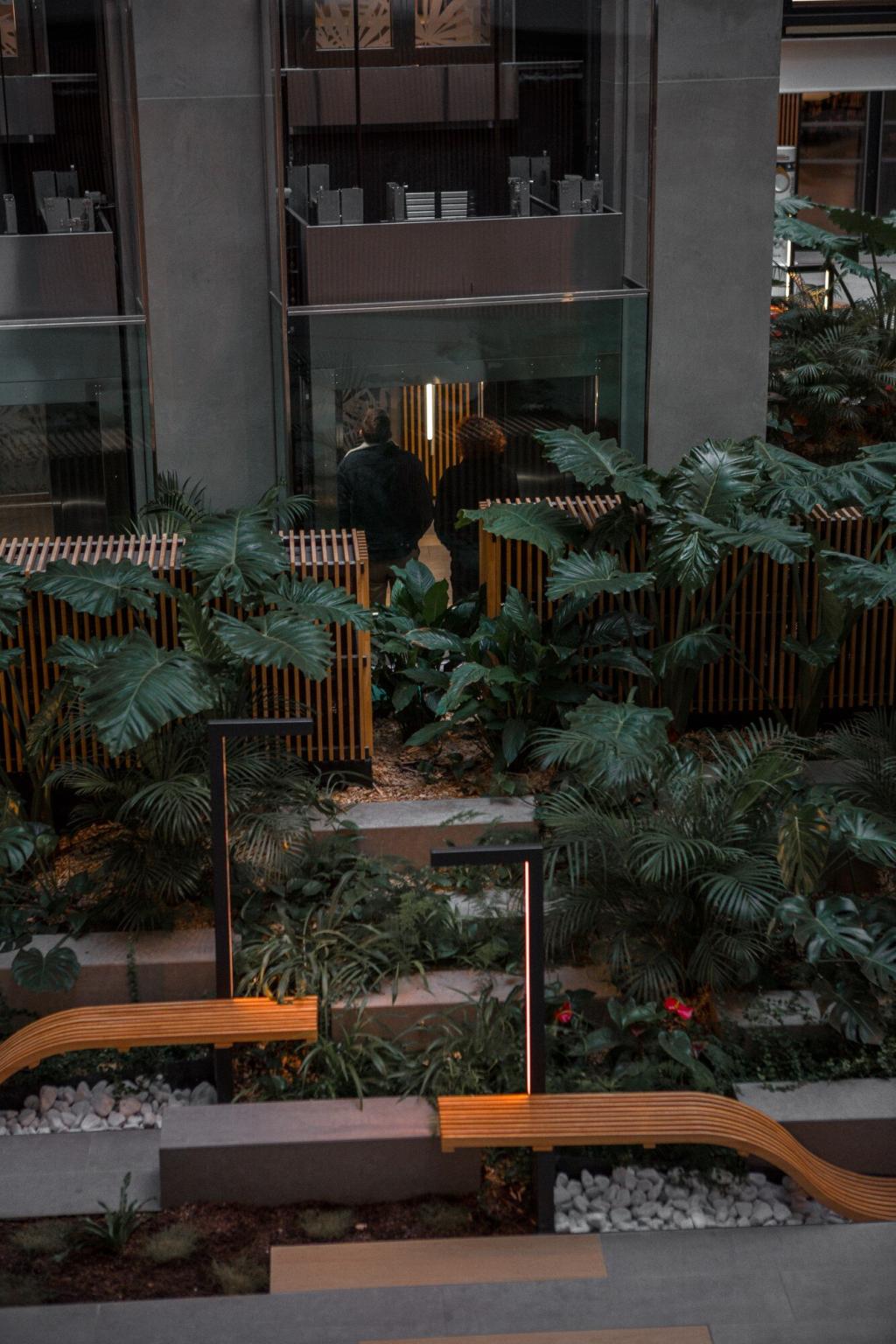
Neutral Foundations, Nuanced Emotions
Layered neutrals—ivory, clay, mushroom—act like silence between notes, making a room breathable. Subtle contrast prevents monotony while maintaining calm. Try pairing warm off-whites with natural wood to move from sterile to serene instantly.
Restorative Blues and Greens
Blue lowers pulse rate, while green signals renewal and growth. Sea-glass tones in bedrooms or eucalyptus greens in living spaces can encourage slower breathing. Where could a delicate blue-green wash help you unwind every evening?
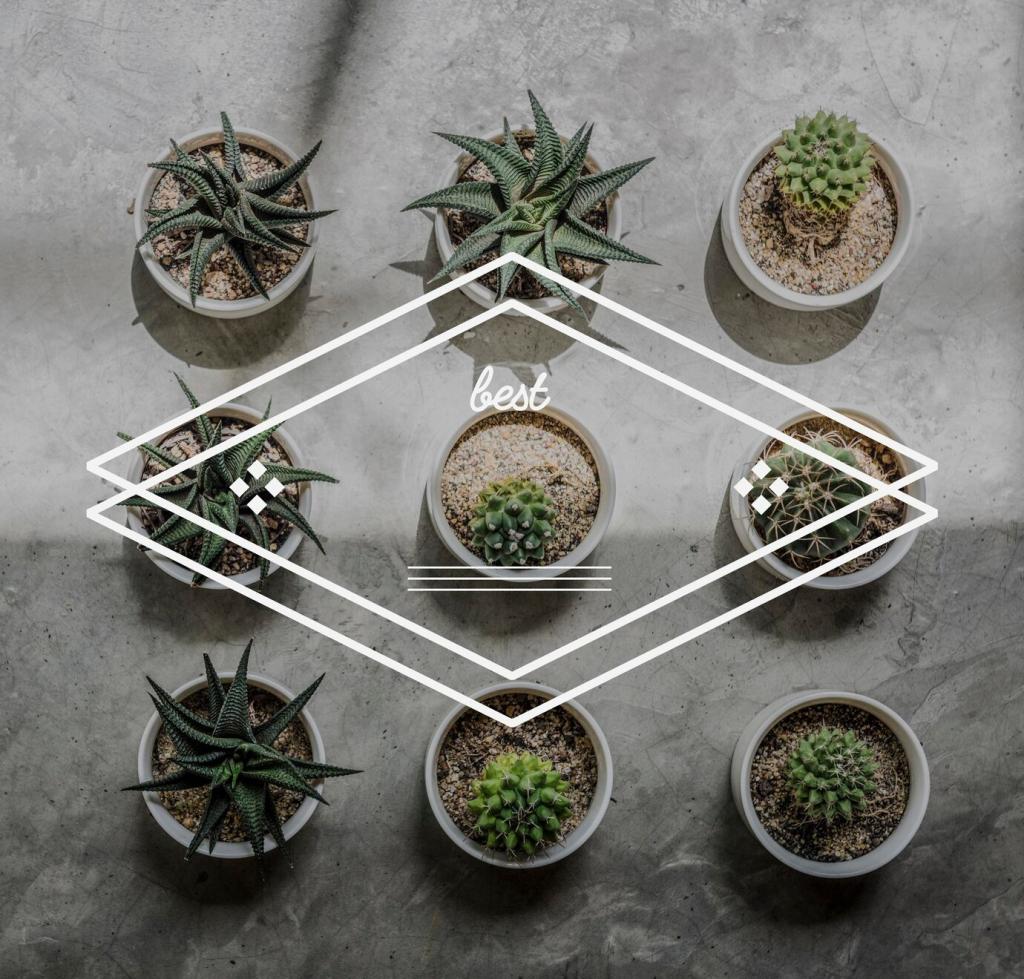
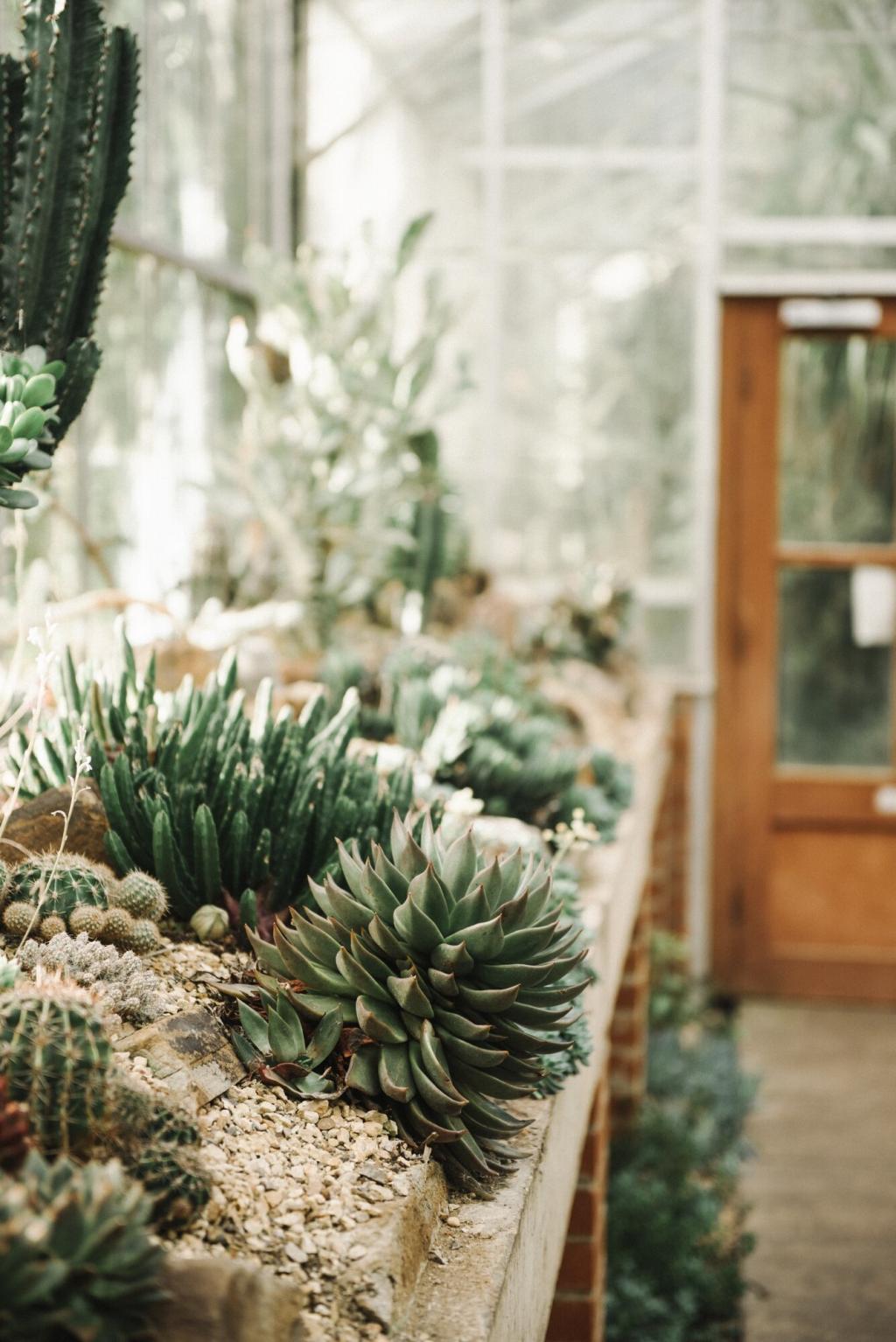

Materials and Texture Therapy
Choose oak, wool, linen, and clay for their warmth and breathability. These materials patina gracefully, telling stories rather than showing damage. Low-VOC finishes protect indoor air. Which natural surface would anchor your healing space?
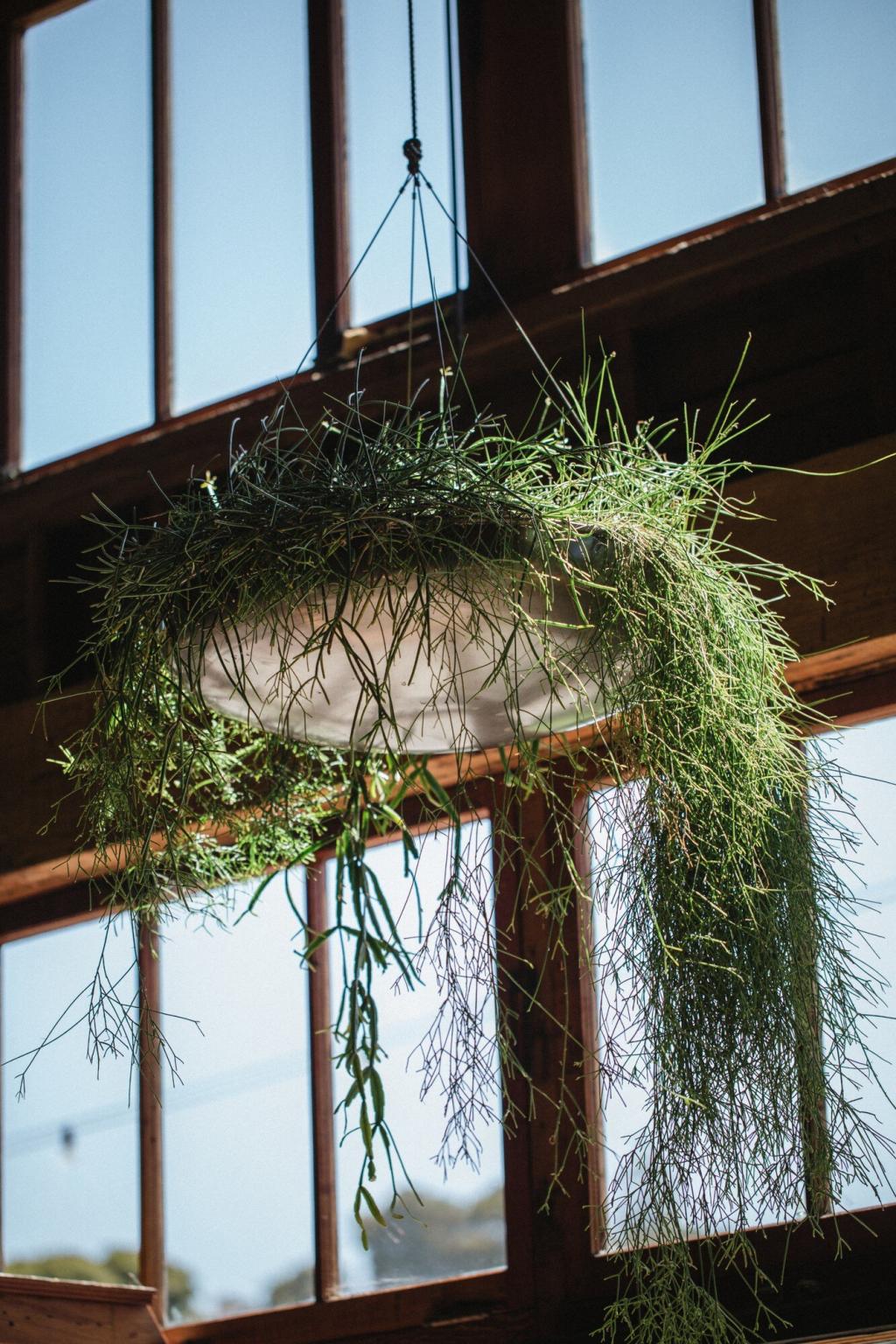
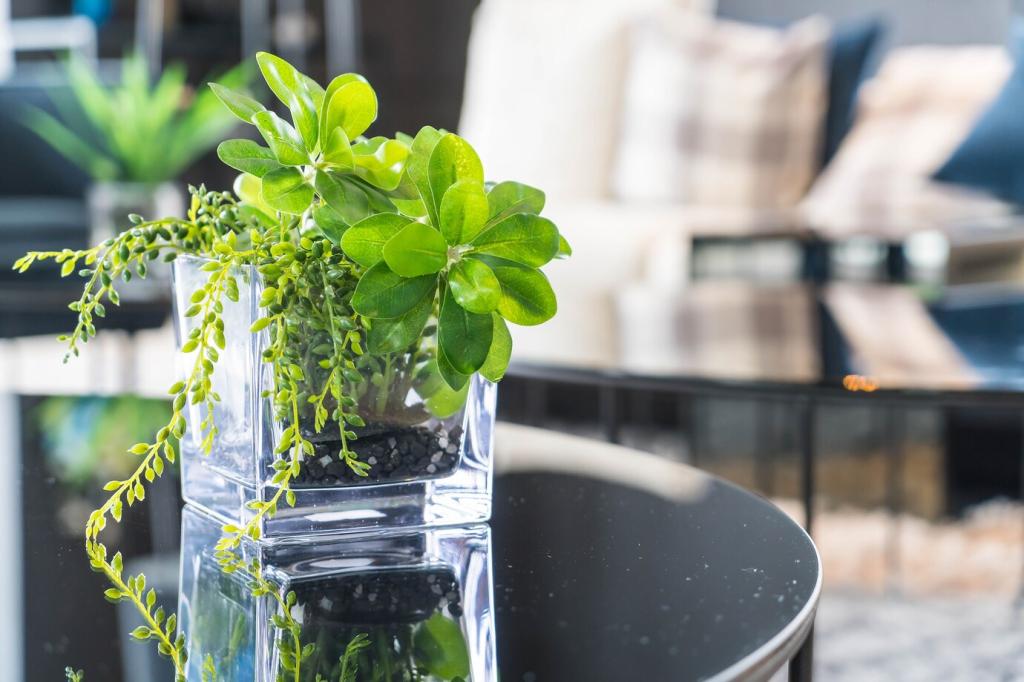
Materials and Texture Therapy
Combine nubby boucle, smooth ceramic, and brushed cotton to create sensory range without chaos. Textures cue the body to slow touch and deepen presence. Try a soft throw at arm’s reach to invite mindful pauses.
Zoning for Energy and Rest
Create clear zones: energizing near windows, restorative in quiet corners. Use rugs and lighting to signal function shifts without walls. This reduces decision fatigue, guiding your body from action to calm with grace.
Thresholds and Restorative Transitions
A small bench by the door, a tray for keys, warm light—these cues say, “you’re home, release.” Micro-transitions ease nervous system load and prevent clutter spirals. What arrival ritual would make your evenings softer?
Storage as Self-Care, Not Perfection
Healing storage hides chaos but keeps essentials reachable. Baskets, closed cabinets, and labeled drawers reduce visual noise while honoring real life. Subscribe for practical layouts that prioritize kindness over aesthetic pressure.
Personal Sanctuaries and Ritual Corners
Morning Light Ritual Nook
Place a chair where the first sun lands. Keep a throw, a notebook, and warm-toned lamp nearby. Five unhurried minutes here can recalibrate your tone for the day. What sunrise habit would you cultivate?
Meditation Corner With Sensory Balance
A floor cushion, supportive backrest, and soft wall color encourage stillness. Add a small plant and low, indirect light to soften edges. Set a timer for gentle beginnings. Which sound sets your meditation mood?
Tea and Aroma Pause Station
A tray, a kettle, and a ceramic cup turn pausing into pleasure. Light a subtle candle—think vetiver or chamomile—and exhale. Healing design lives in moments. Subscribe for weekly ritual recipes tailored to your space.
